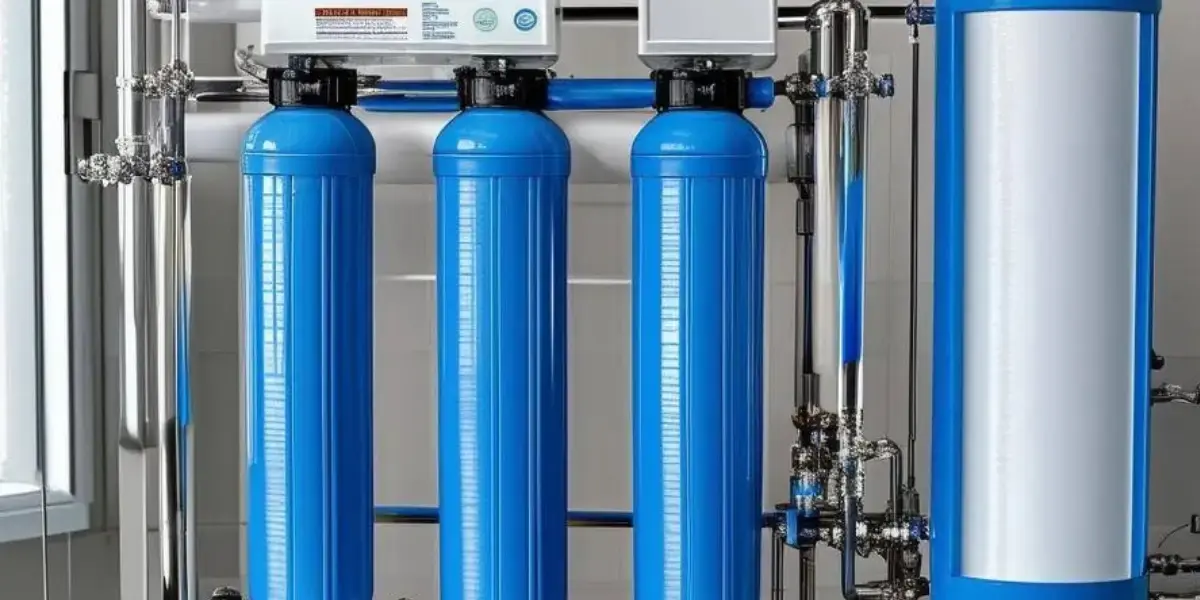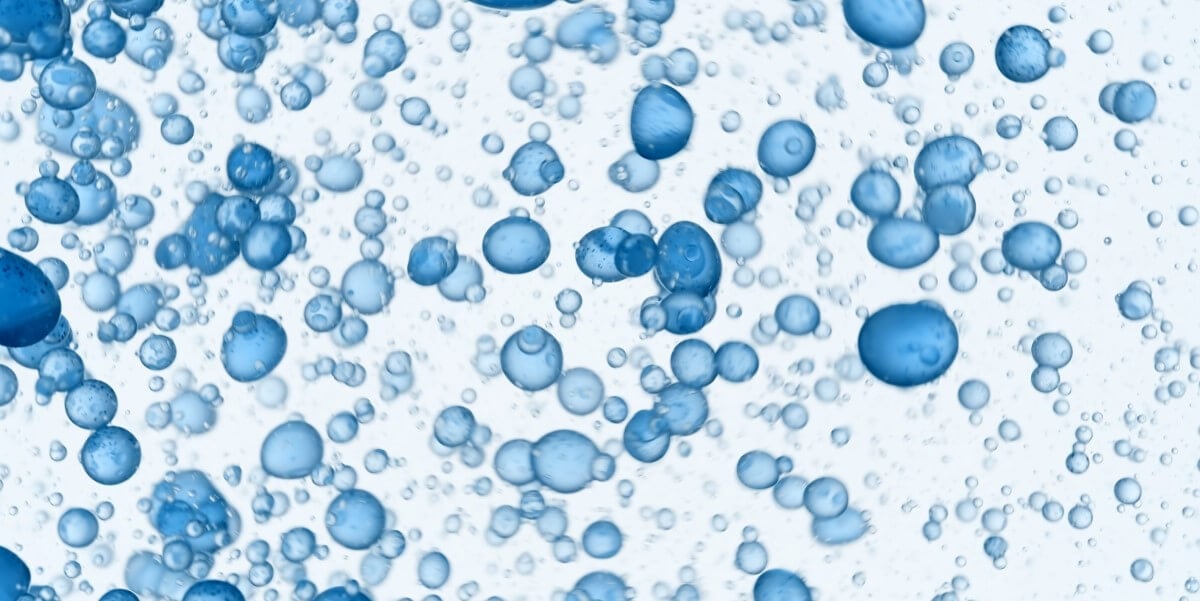What is Reverse Osmosis (RO)?
Water treatment is crucial for providing clean and safe water. With growing worries about water contamination, Reverse Osmosis (RO) systems are now the best choice. They produce high-purity water for many uses. This includes cleaning components, finishing products, and making food and pharmaceuticals.
What is Reverse Osmosis (RO)?
With increasing concerns about water quality and scarcity, reverse osmosis is becoming an increasingly vital technology for ensuring access to clean water.
Reverse Osmosis is a highly effective water purification technology that has gained significant popularity in recent years. It removes impurities and contaminants from water by applying pressure, forcing it through a semi-permeable membrane that traps and eliminates harmful substances, rejecting up to 98% of the mineral salts, silica, organic compounds and over 99% of bacteria that may be present in the water.
The filtered water is known as the permeate and the rejected impurities are taken away in the concentrate stream which in some cases can be recycled or used in a grey water process for irrigation or toilet flushing.
In domestic applications, RO is used to purify drinking water for cooking, and other household uses. In commercial and industrial settings, it is used for high-purity water production, desalination, and wastewater treatment. RO technology is also widely used in industries such as food and beverage, pharmaceuticals, hospitals and data centres.


Selecting a Reverse Osmosis system
Reverse Osmosis can remove a wide range of contaminants, including dissolved solids, heavy metals, bacteria, and viruses but RO is not selective in it’s filtration process, therefore it isn’t an ideal solution to target specific contaminants, for example if you have a need to remove calcium from your incoming water supply then a water softener which is specifically designed to produce soft water is a much better choice.
There are many factors to consider when selecting the correct type of filtration system and just as your business might be unique so too is the application for water purification, factors to consider such as the quality of the water source, required level of purification, energy requirements, maintenance considerations, and cost-effectiveness all play a part in designing a reverse osmosis filtration plant.
Careful consideration to the pretreatment system before the reverse osmosis unit is essential as the performance of a reverse osmosis membranes can rapidly decline if there is insufficient provision for pre-treating of the feed water, especially in areas where feedwater has high levels of organic contamination or hardness.
The type of pre-treatment required depends entirely on the quality of the feedwater. Pre-treatment systems normally include a water softener, to help prevent scale deposition on the membrane, followed by a carbon filter to de-chlorinate the feedwater.
For larger systems there is the option for chemical dosing to prevent scale formation on the reverse osmosis membrane and Sodium Metabisulfite (SMBS) is often used for free chlorine removal. A separate cartridge filter can also be used as a media trap to catch any fines carried over from upstream processes.
Maintaining your Reverse Osmosis unit
Reverse Osmosis systems need to be maintained correctly as even with the best pretreatment technology they will over time bind through the accumulation of scale, organic contamination or biofilm forming agents. To minimise system failures and maximise system efficiency a routine and preventive maintenance process is essential, although programmed flushing of the membrane will help to dislodge contaminants on the membrane surface, the membranes will eventually need to be chemically cleaned.
The frequency of cleaning will vary dependant on the application and the feed water stream, monitoring and recoding the membrane flow rates and quality will help identify when the performance starts to decline indicting the requirement for a chemical clean. It is also critical to remember that prefilters and/or strainers will need regular changing and cleaning to ensure the feed stream quality is maintained and not restricted.
It is also crucial to point out that changes to the temperature of the feed water stream can have an impact on the operating efficiency of a membrane, 1ºC change in the temperature of the feed stream can affect the operating efficiency of the membrane by up to 3%.
How we can help
As trusted water treatment experts, we support our customers in meeting sustainability goals by reducing water, chemical, and energy usage, all while improving operational efficiency.
Choosing the right RO system or water softener can feel overwhelming, but that’s where we come in:
- Expert Guidance: We help you choose a system tailored to your water quality and usage.
- Professional Installation: Hassle-free setup by experienced technicians ensures optimal performance.
- Maintenance Services: Regular filter changes and check-ups to keep your RO system and pretreatment system.
Contact us today to learn more about our range of Reverse Osmosis systems.
Topics: Water Treatment & Hygiene

Written by Jon Greaves
Jon has progressively worked through operational roles, account management, technical management, and senior management roles over the last 16 years within one of the group companies before moving into the role of Water and Air Managing Director. Jon has experience across multiple sectors of water and air compliance, including district energy networks; data centres; healthcare; food and beverage and facilities management. Jon acted as a corresponding steering committee member on CIBSE CP1 – Heat Networks Code of Practice for the UK released in 2020.




